Filter by

Lasers in Restorative Dentistry: A Practical Guide
This book presents the state of the art in the use of laser in restorative dentistry. After discussion of relevant background, basic physics and laser types, the full range of clinical applications is covered with the aid of more than 600 clinical photographs, charts, and tables. In addition to conventional indications, newer operative procedures that reliably yield favorable outcomes are caref…
- Edition
- -
- ISBN/ISSN
- 978-3-662-47317-7
- Collation
- -
- Series Title
- -
- Call Number
- -

Evidence-Based Periodontal and Peri-Implant Plastic Surgery A Clinical Roadm…
This atlas, featuring numerous superb illustrations and vivid photographs, aims to create a bridge between research and practice in the field of periodontal plastic surgery and cosmetic dentistry with a view to enabling optimal decision making in daily practice. After an opening overview of evidence-based decision making and discussion of treatment planning, subsequent chapters address the surg…
- Edition
- -
- ISBN/ISSN
- 978-3-319-13975-3
- Collation
- 225 illustrations in colour
- Series Title
- -
- Call Number
- -
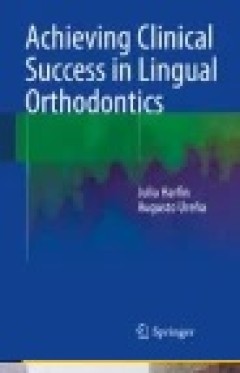
Achieving Clinical Success in Lingual Orthodontics
This book is designed to meet the needs of all orthodontists interested in treating children, adolescents, and/or adults with brackets placed on the palatal and lingual surfaces of the teeth. It explains how to achieve excellent results, comparable to those obtained with labial brackets, by means of techniques performed entirely within the dental office and avoiding use of expensive outside lab…
- Edition
- Ed. 1
- ISBN/ISSN
- 978-3-319-06832-9
- Collation
- XII, 182
- Series Title
- -
- Call Number
- 617.6 HAR a
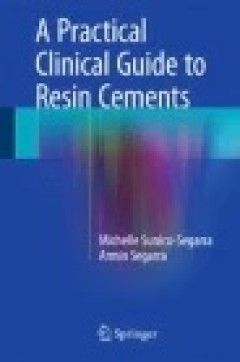
A Practical Clinical Guide to Resin Cements
This book discusses and describes in detail the available resin cements, which are now a staple of dental practice. Factors that affect the clinical performance of resin cements are thoroughly examined and the different resin cements currently on the market are discussed in depth, with information on indications, limitations, handling and manipulation and storage. Decision trees and concept map…
- Edition
- Ed. 1
- ISBN/ISSN
- 978-3-662-43842-8
- Collation
- -
- Series Title
- -
- Call Number
- 617.6 SUN p
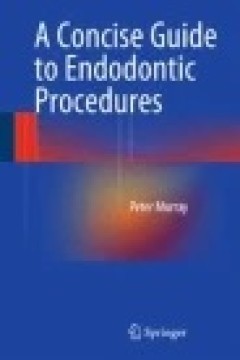
A Concise Guide to Endodontic Procedures
This clinical guide is a concise up-to-date resource that covers a wide range of endodontic procedures, including non-surgical root canal therapy, surgical root canal therapy, trauma care and the management of fractured teeth, apexification, apexogenesis, revascularization, regeneration, Cvek partial pulpotomy, root canal retreatment, and periapical surgery. The provision of numerous flowcharts…
- Edition
- Ed. 1
- ISBN/ISSN
- 978-3-662-43730-8
- Collation
- -
- Series Title
- -
- Call Number
- 617.607 MUR c
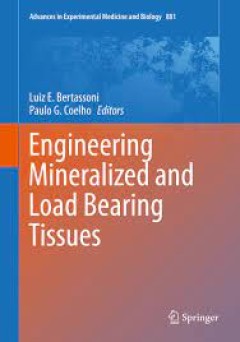
Engineering Mineralized and Load Bearing Tissues
This book offers a comprehensive overview of current challenges and strategies to regenerate load-bearing and calcified human tissues, including bone, cartilage,tendon, ligaments and dental structures (dentin, enamel, cementum and periodontal ligament). Tissue engineering has long held great promises as an improved treatment option for conditions affecting mineralized and load-bearing structure…
- Edition
- -
- ISBN/ISSN
- 978-3-319-22345-2
- Collation
- 6 b/w illustrations, 54 illustrations in colour
- Series Title
- -
- Call Number
- -
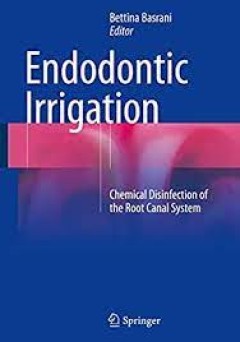
Endodontic Irrigation Chemical disinfection of the root canal system
This book reviews the available information on bacterial disinfection in endodontics, with emphasis on the chemical treatment of root canals based on current understanding of the process of irrigation. It describes recent advances in knowledge of the chemistry associated with irrigants and delivery systems, which is of vital importance given that chemical intervention is now considered one of t…
- Edition
- -
- ISBN/ISSN
- 978-3-319-16456-4
- Collation
- 40 b/w illustrations, 112 illustrations in colour
- Series Title
- -
- Call Number
- -

Endodontic Diagnosis, Pathology, and Treatment Planning Mastering Clinical P…
This book is intended as a practical guide to endodontic diagnosis, pathology, and treatment planning. The coverage is comprehensive and encompasses such topics as disease classification, the endodontic armamentarium, anatomy, the role of different radiographic techniques, treatment decision making, preoperative management, the use of antibiotics and analgesics, and anesthesia. Numerous high-qu…
- Edition
- -
- ISBN/ISSN
- 978-3-319-15591-3
- Collation
- 28 b/w illustrations, 180 illustrations in colour
- Series Title
- -
- Call Number
- -

Nanotechnology in Endodontics
This book provides detailed information on the emerging applications of nanomaterials and nanoparticles within endodontics, highlighting the exciting potential clinical impact of nanotechnology in the field. The range of applications covered is diverse, encompassing drug and gene delivery, tissue engineering, antibacterial strategies, dentin tissue stabilization, dentin pulp regeneration and us…
- Edition
- 1
- ISBN/ISSN
- 978-3-319-13574-8
- Collation
- XII, 199
- Series Title
- -
- Call Number
- -

The Root Canal Biofilm
This book presents the current state of research on the basic scientific aspects of root canal biofilm biology within a clinically applicable context. Root canal biofilms are complex polymicrobial structures adhering to the root canal surface that are formed by microorganisms invading the pulpal space of teeth, and are associated with persistent root canal infections. Concerted efforts to study…
- Edition
- -
- ISBN/ISSN
- 978-3-662-47415-0
- Collation
- -
- Series Title
- -
- Call Number
- -
 Computer Science, Information & General Works
Computer Science, Information & General Works  Philosophy & Psychology
Philosophy & Psychology  Religion
Religion  Social Sciences
Social Sciences  Language
Language  Pure Science
Pure Science  Applied Sciences
Applied Sciences  Art & Recreation
Art & Recreation  Literature
Literature  History & Geography
History & Geography